STUTTGART, Germany—Porsche made its reputation with its rear-engined sports cars, but today it's the SUVs that even make that possible. But it makes those SUVs in order to appeal to Porsche drivers, offering five-door practicality but with driver-engaging handling, and a certain level of fit and finish. I've always thought of the Macan as Porsche's answer to the hot hatch, and now it's gone electric. We tested two variants of the new Macan EV earlier this year, and came away impressed. Now we've had seat time in another pair: the $75,300 rear-wheel drive Macan, and the $84,900 Macan 4S.
Ars has written quite a lot about the development of the Macan's Premium Platform Electric, which it helped develop with VW sibling Audi. Porsche has a lot of history adapting VW group platforms, from the previous generations of Cayenne and Macan all the way back to the very first car to wear the family name, 356/1, which spiced up some Beetle bits in a handsome roadster body.
Macan
The entry level Macan is unique among the range for having just a single electric motor, which drives the rear wheels. With a nominal 335 hp (250 kW)—boosted to 355 hp (265 kW) with launch control—and 415 lb-ft (562 Nm), it's the least-powerful Macan but also the lightest (by 242 lbs/110 kg) and the most efficient, with an EPA range estimate of 315 miles (506 km) from the 100 kWh (95 kWh useable) battery pack.
As all the Macan variants use the same battery pack, the base model has no compromises when it comes to charging. Thanks to the pack's 800 V architecture, it can charge at rates of up to 270 kW, and charging from 10–80 percent should take as little as 21 minutes. Porsche says that the pack should fast charge at rates above 200 kW until the state of charge reaches 55 percent, something we'll test out when cars arrive in the US. Those initial cars will be fitted with CCS1 ports, we're told, although Porsche EVs should gain access to the Tesla Supercharger network next year.

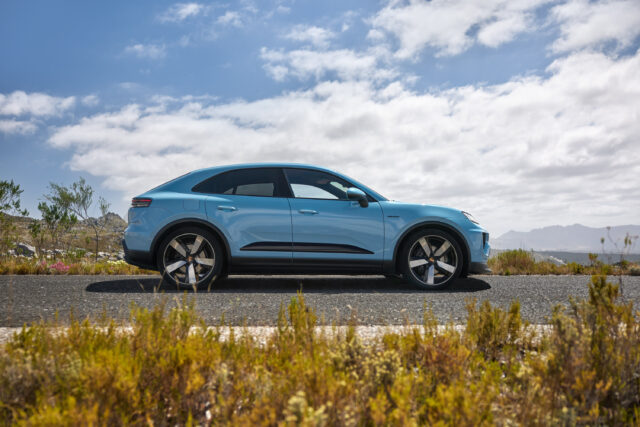
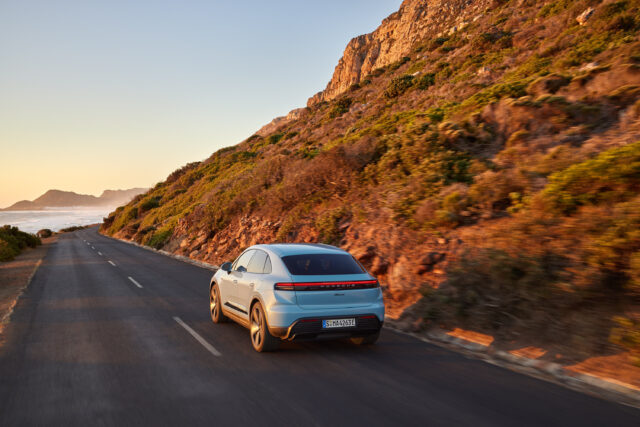
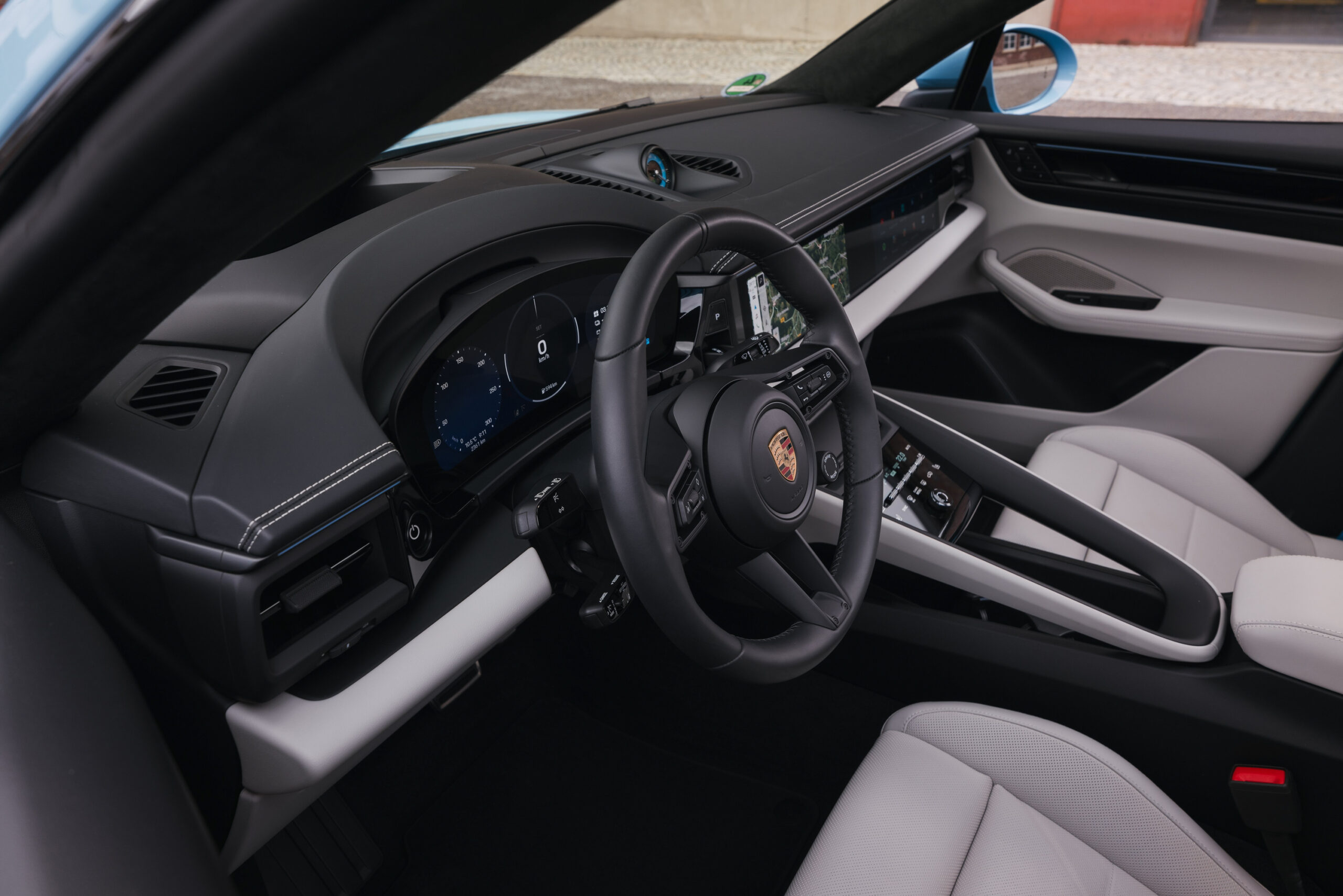
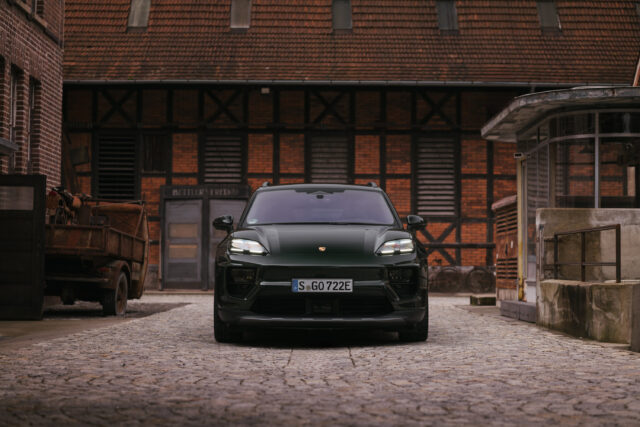
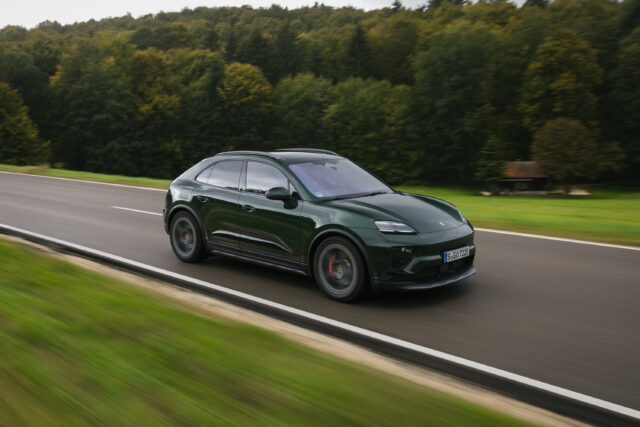
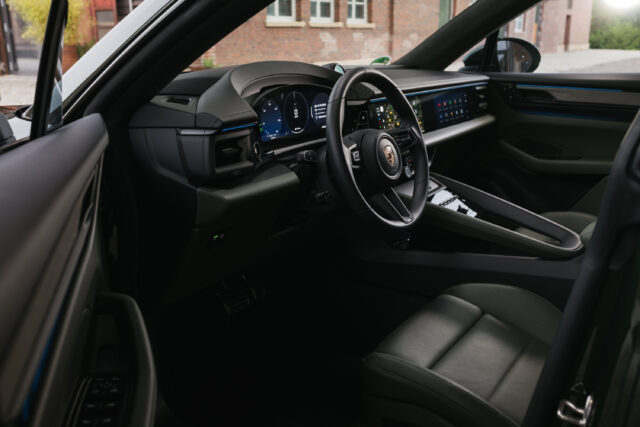
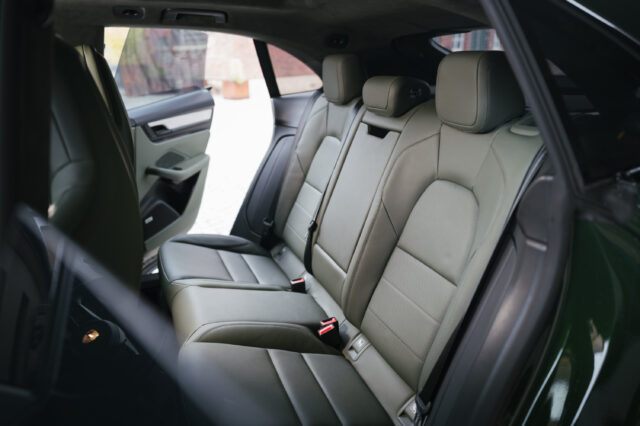
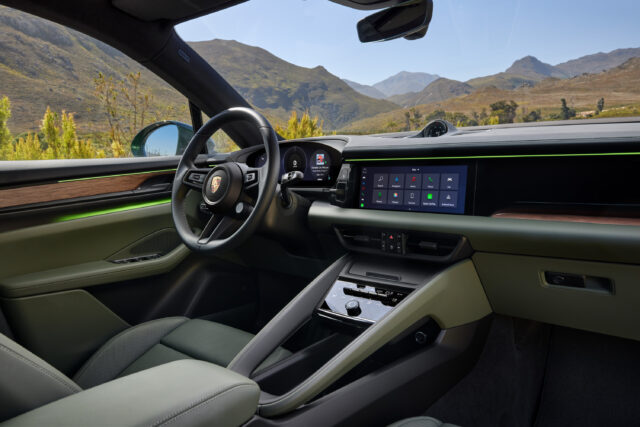
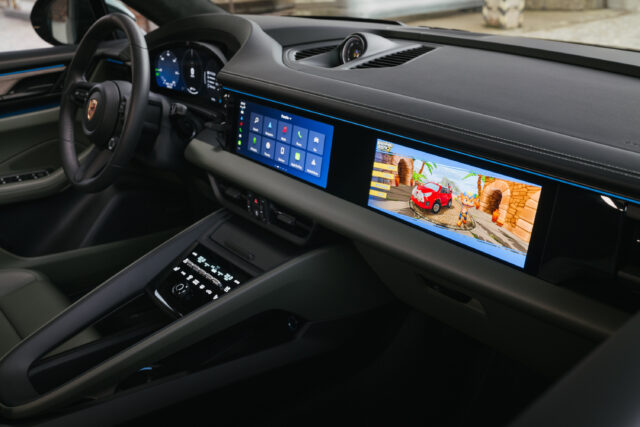
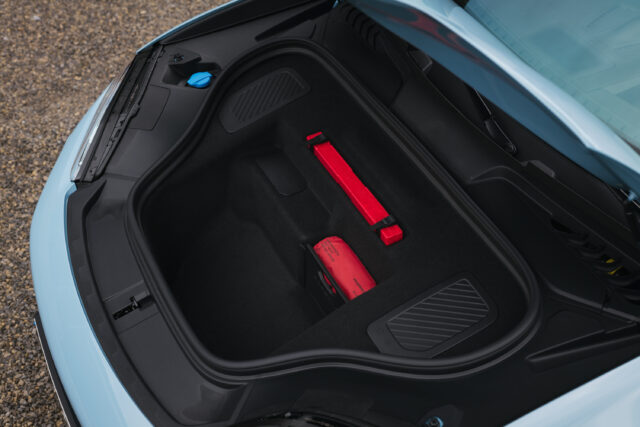
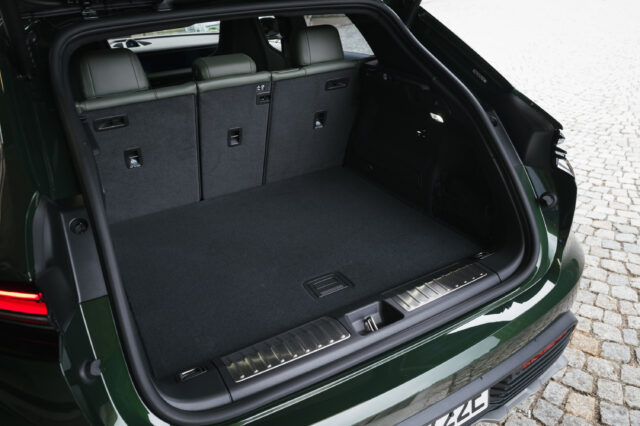

 Loading comments...
Loading comments...
